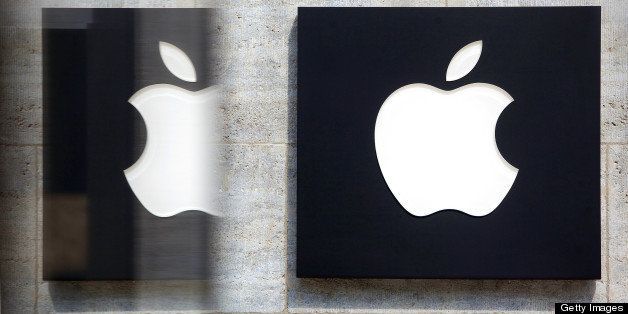
The appetite of the fixed income investor is voracious. Apple was the course of the day with the largest issuance of corporate bonds in the history of our republic for $17 billion. The Silicon Valley behemoth served up a smorgasbord of floating and fixed rate debt with maturities ranging from 36 months to 30 years. While Apple is highly rated (AA+ by S&P), the deals' lead managers, Goldman Sachs and Deutsche Bank, found insatiable buyers willing to gobble up the debt at impressively low yields of 0.51 percent for the three year maturities and 3.883 percent for obligations due in 2043.
The Treasury bond market currently implies 2.33 percent inflation over the next ten years. Apple borrowed for ten years at 2.41 percent. This suggests that investors in Apple bonds are accepting a real return of 0.08 percent per year. And the owner of the Apple note will pay taxes on their receipts, unless the paper is held in a tax exempt account (such as an IRA).
Last week the country of Rwanda sold ten year "junk" bonds at a yield of 6.875 percent. The metric for judging just how attractive a bond looks can now be gauged by comparing the book ends of Apple on the quality side and, "Whoa, why would they have to pay more than Rwanda?" on the other. The tendency for individual investors to stretch for yield (by extending the term or reducing credit quality) can be exceedingly dangerous, and we advise resisting these temptations.
Generally speaking, to defensively maximize returns in the current low yield environment, keep the average maturities of portfolios short (inside of 5 years) with an emphasis on credit quality. The vast majority of our own purchases are of amounts under $100,000, known as "odd-lots." The reduced demand for smaller blocks results in attractive yields, at least on a relative basis. An additional way in which we seek to add value for fixed income accounts is through the purchase of bonds that are currently callable. We purposefully seek out bonds coming due within a limited time horizon and subject to calls that we believe will not be exercised -- the end result is a security that has a short time to maturity, combined with an attractive yield.
The adage "pigs get fat, and hogs get slaughtered" seems more than appropriate here. When it comes to building a fixed income portfolio, diligence and persistence find their just rewards. Keeping duration short will allow us to benefit from the opportunities that will present themselves in the near future. And we're optimistic about the future.
